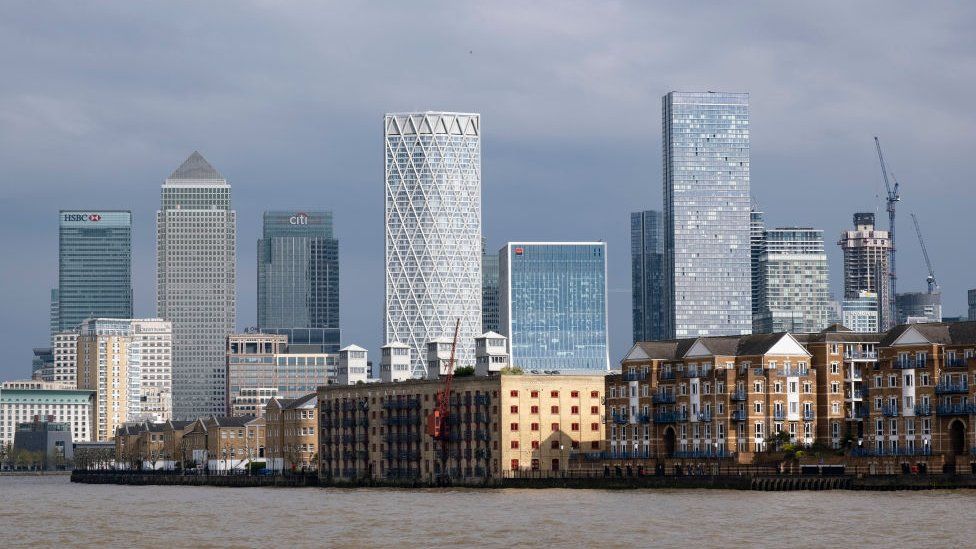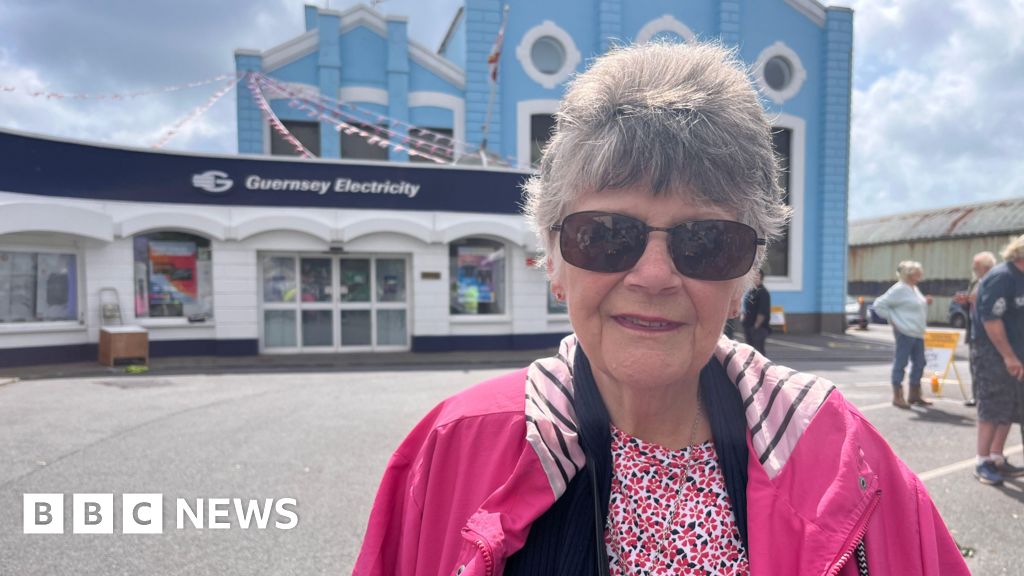ARTICLE AD BOX
 Image source, Mike Kemp
Image source, Mike Kemp
Canary Wharf Group is looking towards a new era
By Adriana Elgueta
BBC News
The property developer behind Canary Wharf says it is forging a "new purpose" and diversifying in other sectors as some banks move out.
The east London district has its highest office vacancy rate since 2005 while banking giant HSBC recently announced it was moving to the City.
The changes have been prompted by more people moving to flexible working.
As a result Canary Wharf Group (CWG) said it was focusing more on science, retail and housing.
According to property information provider CoStar, office vacancy rates at Canary Wharf hit 14.8% in the second quarter of this year, a level not seen for nearly 20 years when the area was expanded.
In addition to HSBC's planned move to BT's former head office near St Paul's, Barclays is also sub-letting 500,000 sq ft (46,500 sq m) of space at its Canary Wharf office.
That being said, not all financial companies are leaving with Citi bank saying it was committed to remaining there "for the next 30 years" at least and was currently undergoing a complete refurbishment of its flagship international office.
Even so, with more people working from home, CWG said it was aiming to inject a new lease of life into the district.
What is claimed to be Britain's first laboratory skyscraper is currently under development at North Quay, which CWG said was part of a project to "redraw the life sciences map of London", while also easing a long-term shortage of space across the country.
A residential estate, Wood Wharf to the east of the main set of skyscrapers on the site, is also in the third phase of a development which when complete will have 3,600 flats, retail spaces, bars and restaurants, a new school, a doctors' surgery and nine acres of public space.
Image source, Mike Kemp
Image caption,Life sciences industries and residents are set to move in, as some banks move out
Shobi Khanm chief executive of CWG, said: "London is undergoing constant reinvention as the needs of its diverse, growing population change.
"Eight years ago, we recognised that Londoners increasingly wanted to live and work in vibrant communities with green space, leisure facilities, shops, restaurants, schools and medical services — all within easy reach.
"It's why we embarked on Canary Wharf 2.0, building a new residential community as part of a mixed-use neighbourhood. Today more than 3,500 residents call the estate home."
Follow BBC London on Facebook, Twitter and Instagram. Send your story ideas to hellobbclondon@bbc.co.uk
Related Internet Links
The BBC is not responsible for the content of external sites.

 1 year ago
36
1 year ago
36








 English (US) ·
English (US) ·